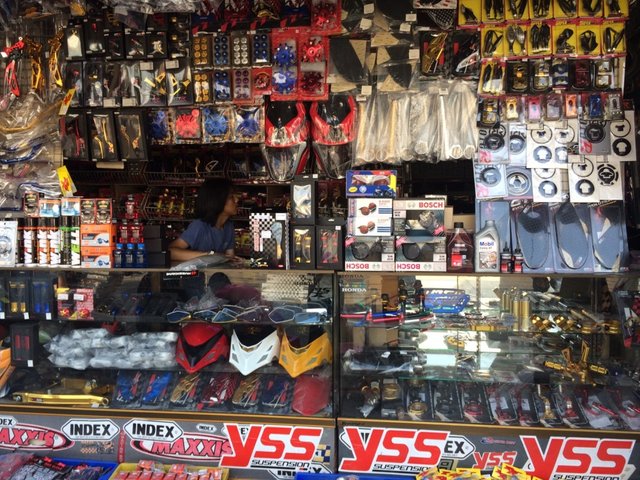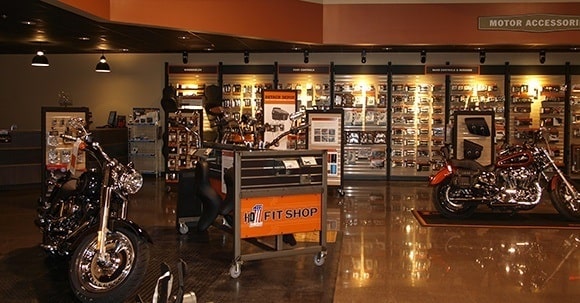Shop the very best MX Parts NZ for Your High-Performance Bike
Shop the very best MX Parts NZ for Your High-Performance Bike
Blog Article
Mastering Motorcycle Gears: Just How to Enhance Your Riding Experience
In the realm of motorcycling, understanding the art of equipment manipulation is crucial for enhancing your riding performance. Appropriately recognizing and using motorcycle gears can dramatically influence fuel, control, and acceleration performance, changing an ordinary ride into a smooth, exhilarating trip. By including precise shift timing and adapting gear selection to numerous road conditions, motorcyclists can make sure optimal engine efficiency and safety and security. The nuances of clutch control, throttle sychronisation, and gear technicians bid a deeper expedition, guaranteeing to open the full capacity of your maker. How can these strategies be used to absolutely enhance your riding experience?
Understanding Gear Mechanics
At the core of motorcycle characteristics, gear auto mechanics play a pivotal duty in transforming engine power right into motion, inevitably dictating speed and control. The gear ratios, meticulously made, identify the relationship between engine transformations and wheel turns, influencing velocity and fuel effectiveness.
Understanding gear mechanics begins with identifying the importance of the transmission, which houses multiple gears of differing sizes. These equipments connect through a process called meshing, where teeth of various gears involve to send power. The accuracy of this communication is essential; any kind of imbalance or damage can cause inefficient power transfer, hindering performance. Furthermore, the plan and dimension of gears affect the bike's capacity to take care of different loads and speeds.
Additionally, the principle of gear shifting is essential to maximizing efficiency. Smooth and timely changes make sure that the engine operates within its optimum power band, protecting against unnecessary strain and enhancing long life (motorcycle parts nz). By comprehending these mechanical ins and outs, riders can accomplish an unified mix of power, control, and efficiency, elevating their riding experience
Timing Your Changes
Change timing mastery is important for maximizing motorcycle performance and improving the riding experience. Properly timed changes make certain that the engine operates within its optimal power band, which is important for preserving control, accomplishing smooth velocity, and guaranteeing the durability of the motorcycle. Motorcyclists need to establish an user-friendly sense of when to move equipments, which involves recognizing the partnership in between engine changes per min (RPM) and rate.
To master change timing, pay close attention to the engine's sound and really feel, as these supply crucial clues about when to transform equipments. The ideal shift point typically occurs when the engine approaches the upper array of its power band without getting to the redline. Moving prematurely can cause an absence of power, while shifting far too late may trigger unnecessary engine strain
Additionally, roadway problems and riding design influence change timing. In urban setups, smoother and extra frequent shifts may be required to browse traffic efficiently. On the other hand, during highway riding, less shifts at greater speeds can be better suited. Practicing in different settings will certainly improve your capability to time changes exactly, inevitably boosting your riding experience to an expert level.
Enhancing Gas Efficiency
While mastering motorcycle equipments is crucial for efficiency, improving gas performance is equally vital for both economic and environmental factors. Optimal gas intake not just reduces operational prices however likewise decreases the environmental footprint of riding. To attain this, one need to understand the intricate connection between gear selection and engine efficiency.
Riding in a higher equipment at lower speeds can lead to engine hauling, which is harmful to both gas economy and engine health and wellness. Conversely, riding in lower equipments at high speeds results in unneeded fuel consumption.
Additionally, normal upkeep plays a pivotal role in gas efficiency. Ensuring that the motorbike is well-tuned, with tidy air filters and correctly pumped up tires, can reduce and boost aerodynamics gas waste. Moreover, adopting a riding design that embraces gradual acceleration and smooth enduro tank bag slowdown can add to far better fuel economic situation.

Strategies for Smooth Transitions
Attaining smooth equipment shifts is basic to improving the riding experience and ensuring the durability of a motorbike's transmission system. Correct gear changing not only adds to a smooth trip yet likewise minimizes wear and tear on the mechanical elements. To master the art of smooth changes, riders should concentrate on a couple of key techniques.

Second of all, clutch control plays an essential duty. Engaging and disengaging the clutch bike exhaust smoothly calls for technique. The clutch lever need to be launched slowly, enabling a smooth transfer of power from the engine to the click for info wheels without triggering a shock or abrupt movement.

Adapting to Road Conditions
Navigating diverse road conditions is an important skill for any kind of motorcyclist intending to maintain control and security. Whether you're riding on damp surface areas, crushed rock roads, or browsing doglegs, your capability to adjust your equipment use and riding strategy is paramount. Comprehending just how to change your equipments properly can significantly impact traction and stability, guaranteeing a safer journey.
In comparison, when riding on gravel or uneven surface, lower equipments are better. Reduced equipments supply far better control and enable you to respond even more quickly to unexpected adjustments in the road surface.
Sharp curves demand precise equipment management to balance speed and control. Downshifting prior to getting in a curve can assist preserve momentum while ensuring the motorbike remains steady throughout the turn. Constant practice in diverse conditions improves your ability to forecast and react to changes in roadway structure and slope.
Final Thought
Understanding motorcycle gears significantly boosts the riding experience by improving gas, control, and acceleration effectiveness. Adapting equipment option to numerous roadway conditions, such as using higher gears on damp surface areas and reduced equipments on crushed rock, additional enhances handling and safety.
Comprehending equipment technicians starts with identifying the significance of the gearbox, which houses multiple equipments of differing sizes. These equipments engage through a procedure recognized as meshing, where teeth of different gears involve to send power (motorbike shop). Mild changes to the throttle throughout equipment changes can stop jerky movements and keep a constant riding speed
Whether you're riding on damp surfaces, crushed rock roads, or browsing sharp turns, your ability to adjust your equipment usage and riding strategy is critical. Adapting gear choice to various roadway problems, such as using higher equipments on wet surface areas and lower equipments on crushed rock, further improves handling and safety.
Report this page